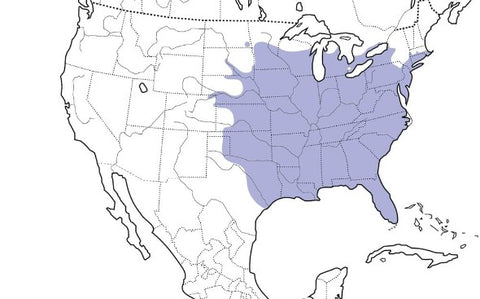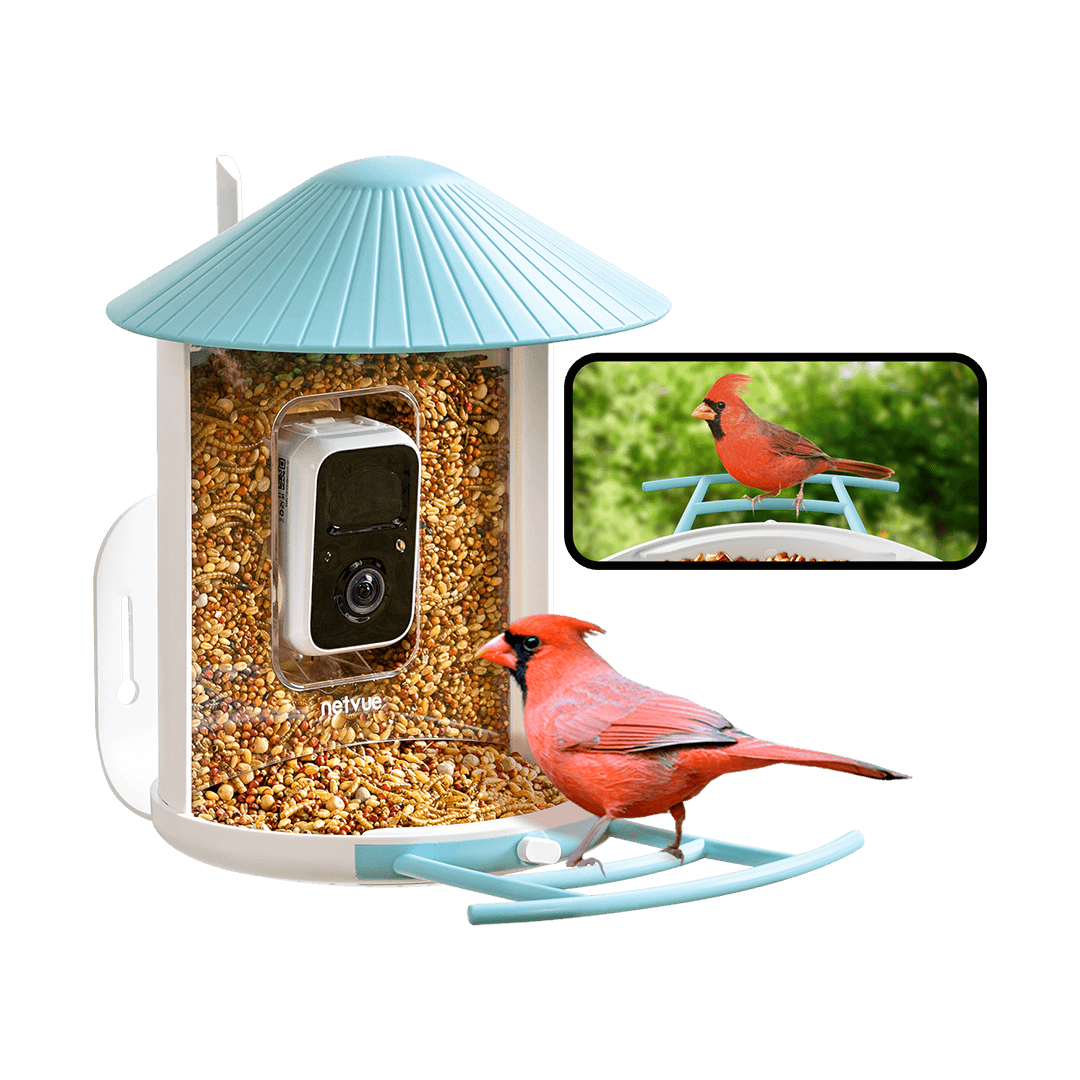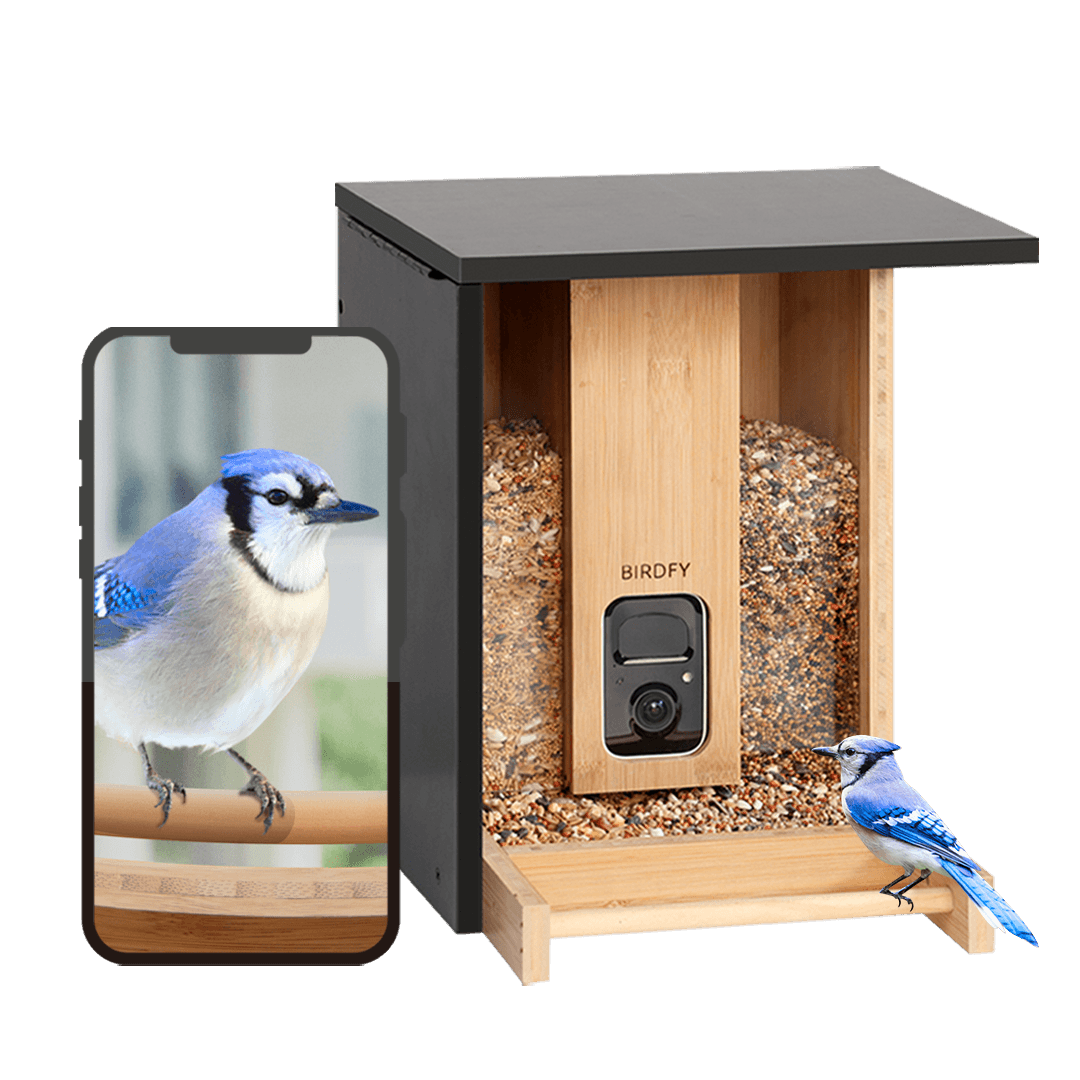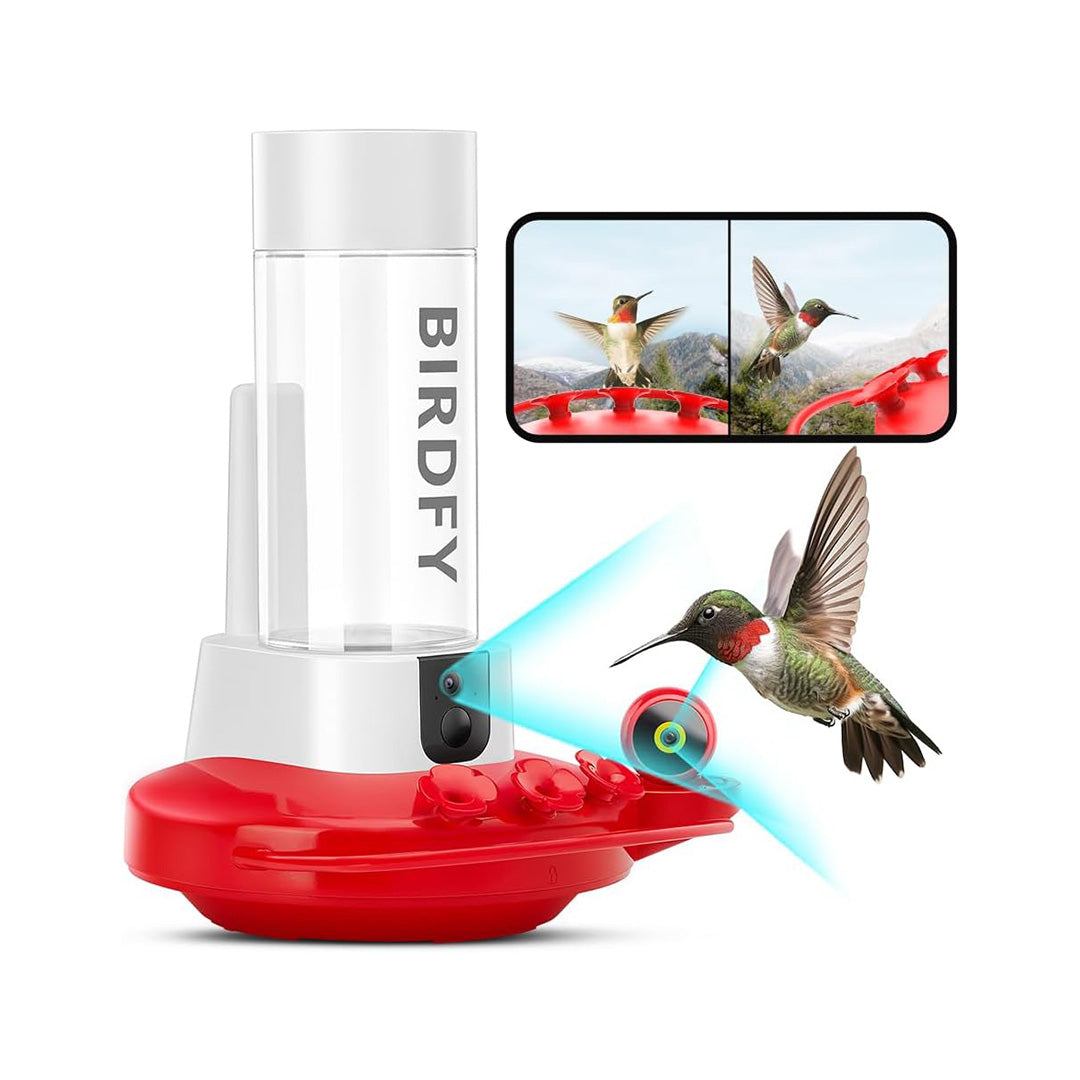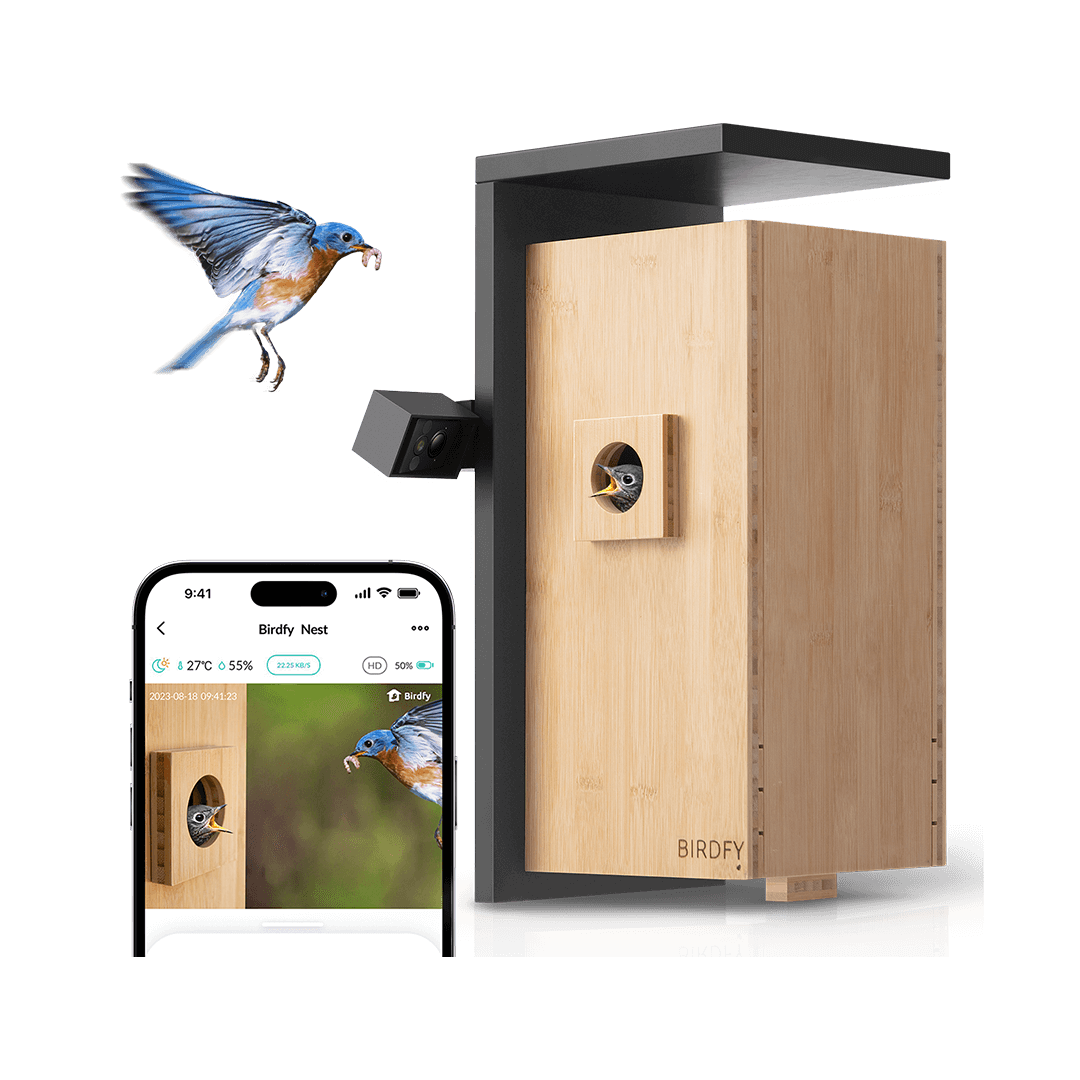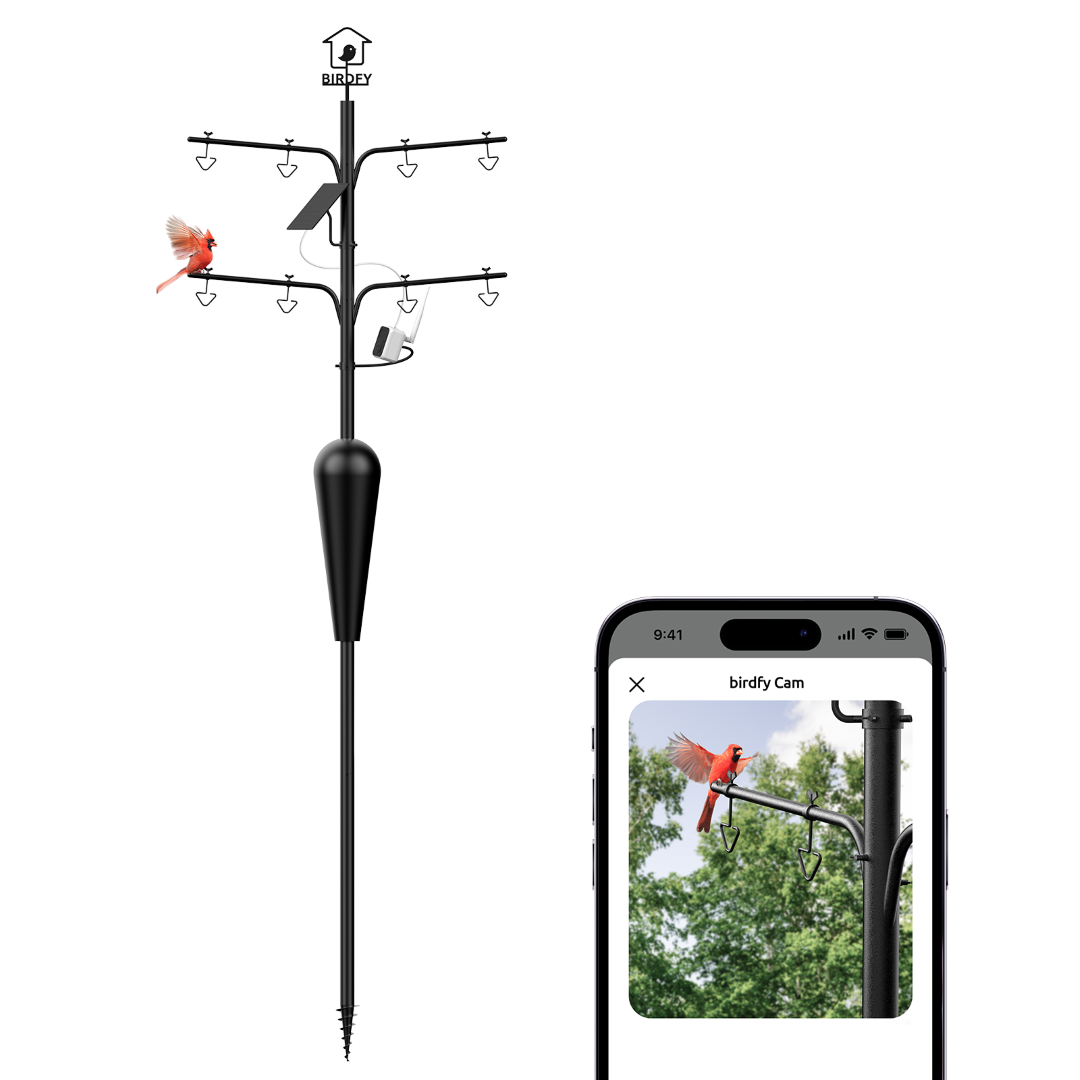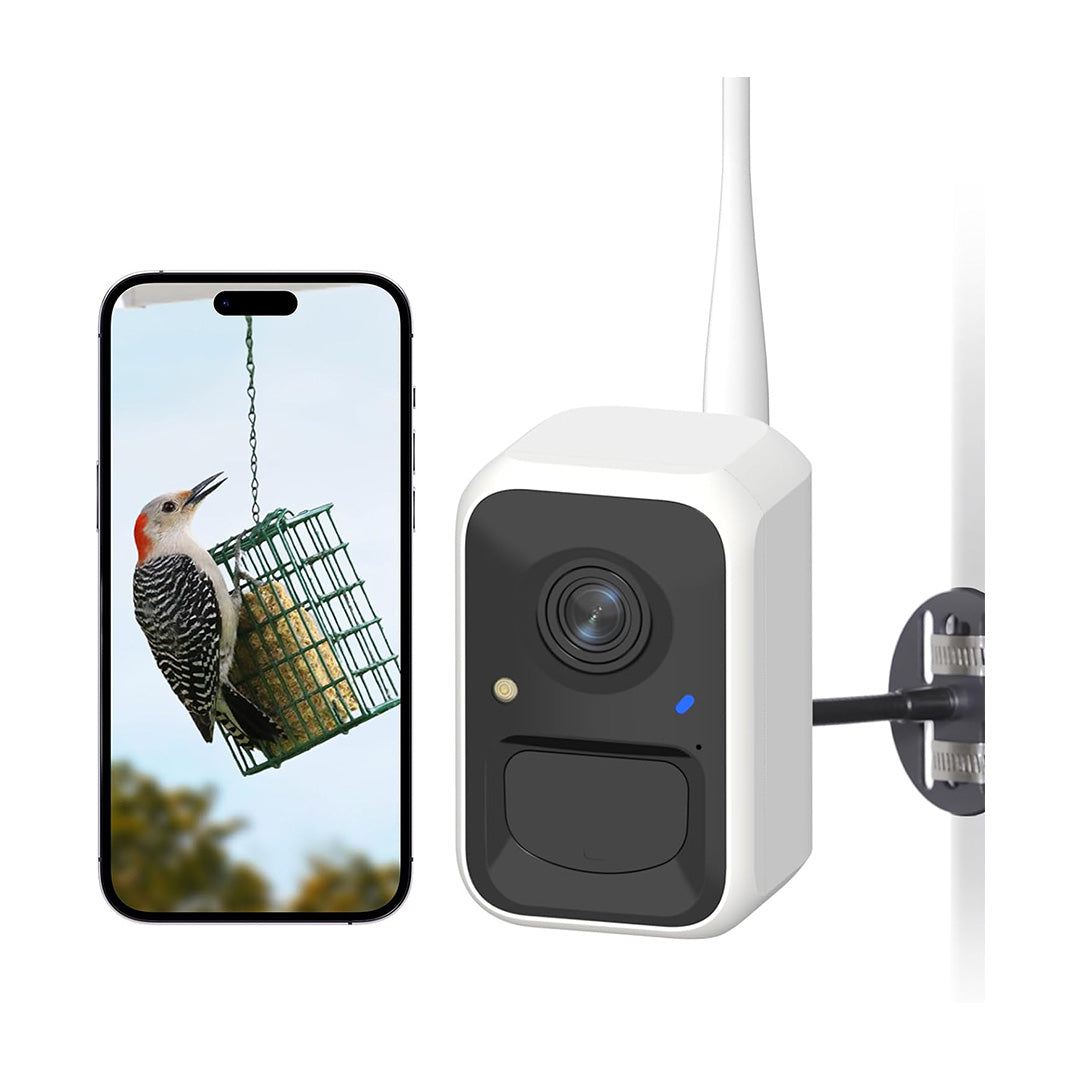Bird introduction-Red-bellied Woodpecker
Bird introduction-Red-bellied Woodpecker
Red-bellied Woodpeckers are pale, medium-sized woodpeckers common in forests of the East. Their strikingly barred backs and gleaming red caps make them an unforgettable sight.
Adults are mainly light gray on the face and underparts; they have black and white barred patterns on their back, tail, and wings. Adult males have a red cap going from the bill to the nape; females have a red patch on the nape and another above the bill.
Red-bellied Woodpecker is primarily a bird of the southeast, where its rolling calls are familiar sounds in swamps and riverside woods. Omnivorous and adaptable, this woodpecker has also adjusted to life in suburbs and city parks, and in recent years it has been expanding its range to the north. Despite the name, the red on the belly is not often visible in the field.
Scientific Name: Melanerpes carolinus
Lifespan: 12 years (in the wild)
Size: 9.0-10.5 inches
Weight: 2.0-3.2 ounces
Wingspan: 15-18 inches
Red-bellied woodpeckers are medium-sized forest birds found mainly in the eastern United States. Ranging as far south as Florida and as far north as Canada.
Red-bellied Woodpeckers are common in many Eastern woodlands and forests, from old stands of oak and hickory to young hardwoods and pines. They will also often venture from forests to appear at backyard feeders. They are often found in woodlands, along rivers, orchards, parks, open country, savannas, and grasslands with scattered trees. In general, they like habitats that have tall, old trees.
Red-bellied Woodpeckers bring bright colors and entertaining action to bird feeders. If you live near any wooded patches, you may be able to attract them using feeders filled with suet (in winter), peanuts, and sometimes sunflower seeds. They've even been spotted drinking nectar from hummingbird feeders.
In early May, the red-bellied woodpeckers begin breeding activities by drumming patterns, such as slow taps followed by short rapid drumming. The red-bellied woodpeckers use vocal signals to attract and communicate with potential mates. A low "grr, grr" sound is observed in a pair of woodpeckers from the start of courtship until the end of the breeding season. In an intraspecific conflict, red-bellied woodpeckers usually make a loud "chee-wuck, chee-wuck, chee-wuck" sound. Red-bellied woodpeckers are known to be in monogamous relationships. They have been known to rapidly peck on aluminum gutters of houses to produce a loud noise in order to attract females. Woodpeckers depend on dead and drying wood for nesting purposes. The male red-bellied woodpecker takes the initiative in locating a nest hole. He will then seek approval from his mate by mutual tapping. The red-bellied woodpecker excavates holes in trees for nesting and roosting.
Both males and females will build their nest in a tree (living or dead), or a utility pole, or take over another species of woodpecker home. The female will lay 4 - 5 completely white eggs. One egg is laid each day until the clutch is complete. The baby birds will fly from the nest (fledge) in about 24 - 27 days after hatching. In the north, a single brood may be raised each season while in the south two and even (rarely) three broods may be raised.


